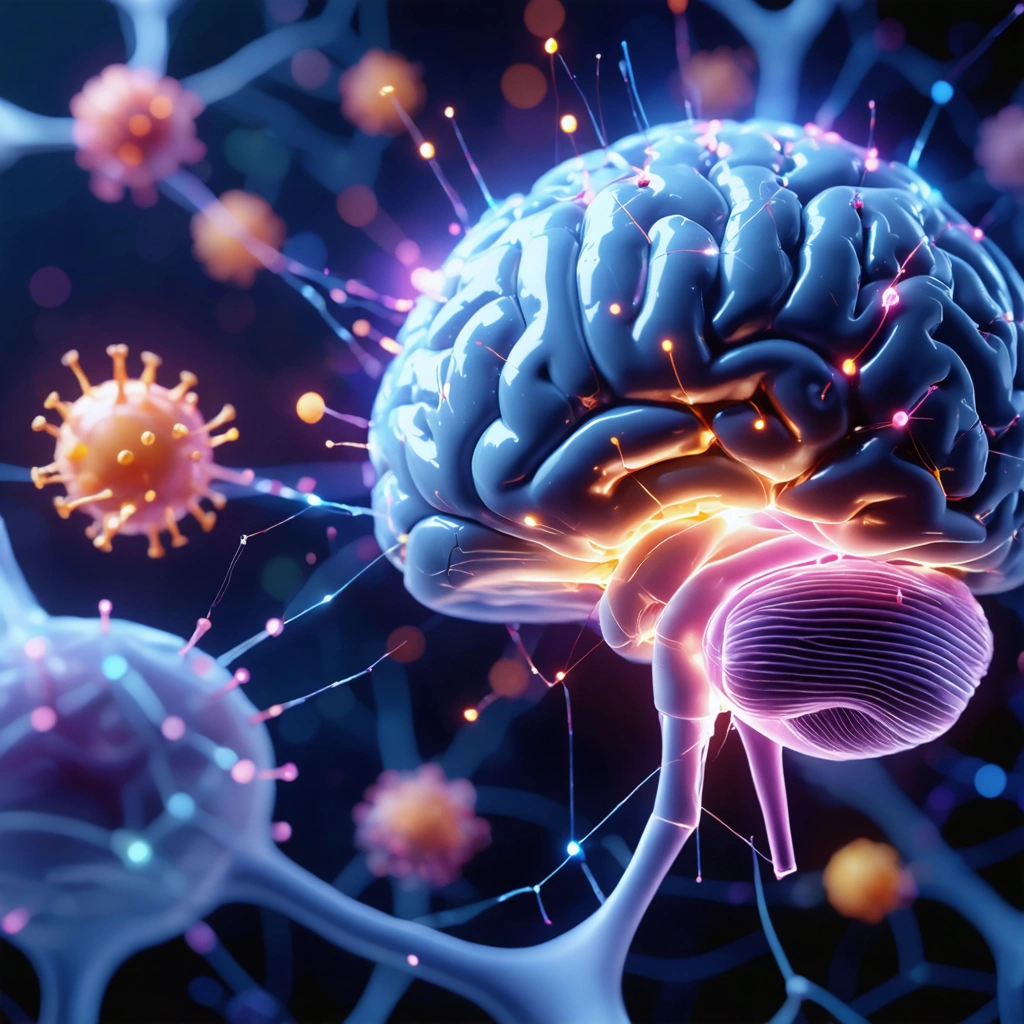
Introduction
Recent breakthroughs in biomedical research have illuminated a new cellular clue, offering a promising pathway to understand the complex mechanisms underlying devastating neurodegenerative diseases such as Alzheimer’s disease and amyotrophic lateral sclerosis (ALS). This discovery highlights the intricate interplay between cellular processes and the progressive neurodegeneration observed in these conditions.
Understanding Neurodegenerative Diseases
Overview of Alzheimer’s Disease and ALS
Alzheimer’s disease is primarily characterized by progressive cognitive decline, memory loss, and a gradual deterioration of neuronal functions. Meanwhile, ALS focuses on the degradation of motor neurons, leading to severe muscular dysfunction and loss of voluntary movement. Both diseases, despite affecting different neuronal populations, share underlying cellular and molecular dysfunctions.
Cellular Mechanisms and Pathways
The current research has shed light on specific cellular pathways that may be compromised in these neurodegenerative disorders. Key molecular processes identified include:
- Protein misfolding and aggregation
- Impaired cellular energy metabolism
- Dysregulation in inflammatory responses
- Mitochondrial dysfunction
Each of these factors contributes to an environment conducive to progressive neuronal decline. Researchers are now looking more closely at how the regulation of these pathways can become disrupted, thereby accelerating the progression of neurodegeneration.
A New Scientific Clue: The Cellular Pathway Discovery
Molecular Mechanisms Uncovered
An international team of researchers has recently revealed a critical link between a key cellular pathway and the onset of neurodegenerative diseases. Their study suggests that alterations in this pathway may be one of the earliest events in the cascade leading to neuronal damage. The following aspects were particularly emphasized:
- Signal Transduction Disruption: Anomalies in the way cells transmit signals can lead to improper activation or inhibition of essential survival mechanisms.
- Proteostasis Imbalance: The imbalance in protein synthesis, folding, and degradation appears to play a major role in initiating disease processes.
- Oxidative Stress: Elevated levels of oxidative stress, combined with impaired antioxidant defenses, exacerbate neuronal damage.
Implications for Alzheimer’s and ALS
The discovery of this cellular pathway has far-reaching implications. In the context of Alzheimer’s disease, the misdirection of normal protein trafficking might contribute to the abnormal accumulation of amyloid beta plaques and tau tangles. In ALS, the failure to manage protein homeostasis in motor neurons could accelerate their degeneration. The new findings suggest that interventions targeting these early cellular changes might delay, or possibly even prevent, the progression of these diseases.
Impact on Research and Clinical Implications
Advancing Diagnostic Techniques
Integrating the new scientific clue into diagnostic protocols could revolutionize early detection. Biomarkers identifying the dysregulation of the cellular pathway could serve as early warning signals, allowing for timely intervention. Key advantages include:
- Earlier diagnosis and treatment initiation
- Improved patient outcomes through targeted therapies
- Enhanced tracking of disease progression
Furthermore, a deeper understanding of these pathways supports the development of novel imaging techniques and blood tests to effectively monitor neuronal health.
Therapeutic Development and Future Research
Building on this discovery, several therapeutic strategies are being considered:
| Therapeutic Target | Potential Mechanism |
|---|---|
| Signal Modulators | Correcting impaired signal transduction to restore normal cell function |
| Proteostasis Regulators | Enhancing protein folding and degradation to prevent toxic aggregations |
| Antioxidant Enhancers | Boosting cellular antioxidant responses to combat oxidative stress |
The therapeutic potential of these interventions is significant. Ongoing clinical trials are expected to explore the feasibility and efficacy of these new approaches, which could eventually lead to treatments that either halt or reverse neurodegeneration.
Future Outlook and Research Directions
The implications of this new discovery are vast. Future research will likely focus on:
- Mapping the detailed molecular interactions within the identified pathway
- Refining the specificity of diagnostic biomarkers
- Developing combination therapies that address multiple aspects of the dysregulated pathway
- Scaling preclinical research to human clinical trials
As more detailed mechanisms are unveiled, collaborative efforts among neuroscientists, clinicians, and biotechnologists will be essential in converting this scientific clue into effective clinical applications.
Business and Economic Implications
Investment in Neurodegenerative Research
Understanding and subsequently targeting these new cellular pathways has the potential to reshape the neurodegenerative disease treatment landscape. This breakthrough is expected to drive substantial investments in pharmaceutical research and development, as well as stimulate partnerships between academic institutions and industry leaders. Businesses in the biotech and healthcare sectors stand to benefit from:
- Innovative drug development platforms
- Enhanced diagnostic toolkits
- Strategic collaborations for translational research
Moreover, early-stage investors are likely to gain significantly from early entry into this emerging field of therapeutic research.
Market Dynamics and Strategic Business Considerations
In addition to strengthening the research pipeline, the new discovery will create opportunities for market differentiation and competitive advantage. Key strategic considerations include:
- Developing proprietary diagnostic technologies
- Launching targeted therapeutic drug candidates
- Establishing specialized centers focused on neurodegenerative disorders
Companies that can integrate these innovations into their operational strategies will likely experience improved market positioning, potentially transforming the management of Alzheimer’s disease and ALS.
Conclusion
The identification of a new cellular pathway integral to the development of neurodegenerative conditions such as Alzheimer’s and ALS represents a significant stride in biomedical science. This discovery promotes a deeper understanding of the molecular and cellular disruptions that precipitate these diseases. Moving forward, it is imperative for research institutions, pharmaceutical companies, and investors to harness these insights to drive advancements in diagnostic and therapeutic modalities. The business implications of this research are equally transformative, offering avenues for strategic investment and lucrative opportunities in an otherwise challenging therapeutic field. As future studies build on this pioneering work, there remains substantial promise for the development of effective interventions that could alter the course of neurodegeneration, ultimately enhancing patient outcomes and quality of life.




